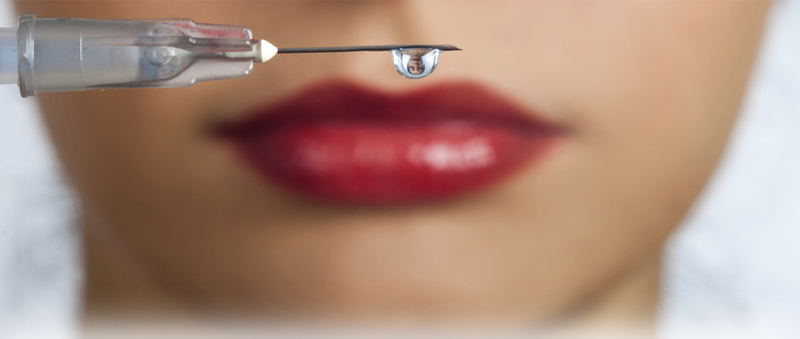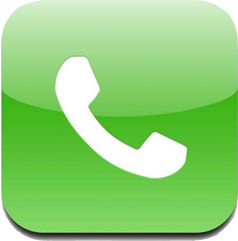Botox – Q&A

Redeem Clinic
Common Questions
What is Botox?
How is Botox used?
Does a Botox injection hurt?
Where can Botox be injected?
How long does the Botox treatment last?
How safe is Botox?
What is needed in terms of Aftercare?
1.What is Botox?
Botox is a trading name for Botulinum toxin, is a purified protein produced by the clostridium botulinum bacteria. Botulinum toxin acts by blocking acetylcholine, the chemical which transmits electrical impulses that cause muscle contractions. It is usually injected, into the face, to “paralyse” the muscles and has a temporary effect on the reduction of fine lines and wrinkles. Botulinum toxin is a prescription-only medicine, which should only be injected by a suitably qualified health professional or Doctor
2.How is Botox used?
The Botox is injected into the skin using very fine needles. The lines and wrinkles that appear as we become older are actually results of muscle movement over the passage of time. As the skin become less elastic then repeated muscle contractions result in tightened muscles around some areas leaving lines and wrinkle. When the Botulinum toxin is injected into these muscle areas, it blocks the nerve/electrical impulses from reaching that area and, as a result, the muscle relaxes reducing the appearance of line and wrinkles.
3.Does a Botox injection hurt?
As with any needle procedure there can be some discomfort from time to time. Fully experienced and medically trained staff will usually have exceptional needle skills and aim to make the process as comfortable as possible. When the Botulinum toxin is injected into the skin, there can be a minor stinging sensation that lasts only for a few seconds. Once the injection is complete, there is usually no discomfort. The fact that no local anaesthetic is required suggests only very minor levels of discomfort.
4.Where can Botox be injected?
The most common areas for the use of Botox for assisting with the smoothing of lines and wrinkles to the face, such as Crows feet, frown lines, forehead lines etc. Botulinum toxin may also be used in other areas of the body yet we currently only retain application to the facial area and underarm area (to assist with the prevention of sweat).
5.How long does the Botox treatment last?
Usually the most noticeable results start to appear over the first 2-3 days. The effects of Botox can vary between clients yet on average it usually last three to five months. Due to the fact that the muscles under the skin start to contract again as the Botulinum toxin wears off then generally the lines and wrinkles will start to re-appear after this period of time. After several treatments, the effects of Botox may begin to last longer, sometimes up to six to eight months.
6.How safe is Botox?
Clinical use of Botulinum toxin is the result of more than 100 years of study into botulinum toxin type A. Botox is one of the world’s most widely-researched medicines with approximately 2,300 publications in peer-reviewed scientific and medical journals. Botulinum toxin is currently approved in approximately 85 countries around the world as well as the UK. In the correct hands Botulinum toxin has been safely and successfully used in both ophthalmology and for wrinkle therapy for many years now. With controlled amounts used for wrinkle therapy then the only possible side effects are temporary and localized to the area of the injection. Below are some minor side effects that can be a result of a Botulinum toxin procedure.
- Small area of redness with the treatment localised site lasting 2-3 hours (common)
- Minor bruising or swelling of treatment localised area (less common)
- Occasional headache (less common)
- Temporary droop of eyebrow or eyelid (very rare)
- Double vision (very rare)
7.What is needed in terms of Aftercare?
Within the first 6 hours after the treatment you should consider the following:-
- Gently exercise the treatment areas by frowning, smiling, squinting and lifting the eyebrows occasionally – this will optimise your result
- DO NOT rub, massage or stroke the treatment areas – this can spread the product increasing the risk of complications. Also as the skin has been broken by needles there is a risk of infection
- AVOID lying flat or bending down excessively
- AVOID very strenuous physical exercise and activity
- AVOID alcohol, aspirin and ibuprofen for 24 hours which can increase the risk of stronger bruising and swelling












